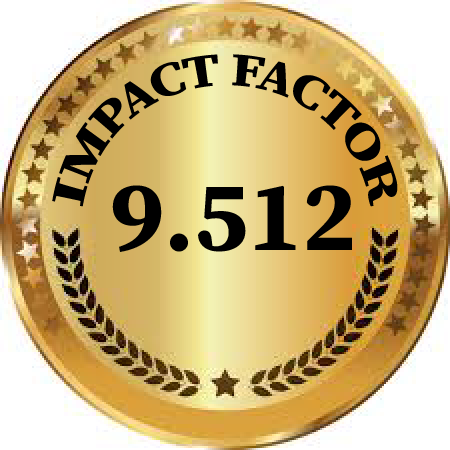TAX REVENUES AND ECONOMIC GROWTH DYNAMICS IN UZBEKISTAN
Abstract
Tax revenues play a crucial role in shaping a country's economic direction. As the primary source of state income, taxes fund the government services, infrastructure, and social programs necessary for creating a conducive environment for economic growth. However, the relationship between tax policy and economic growth is complex and multifaceted. Different implementations of tax structures, rates, and policies can have varying impacts on investment, consumption, and overall economic activity. This article explores the intricate link between tax revenues and economic growth, analyzing how different approaches to taxation can either promote or hinder development. By examining theoretical perspectives and empirical evidence, this study seeks to shed light on what optimal tax strategies can be developed to foster sustainable economic growth while ensuring fiscal stability.
References
1. Decree of the President of the Republic of Uzbekistan dated 28.01.2022 Decree No. PF-60 “On the Development Strategy of New Uzbekistan for 2022-2026 ” .
2. Engen EM, Skinner J. Fiscal Policy and Economic Growth, 1992, NBER Working Paper no. w4223. Available at: https://www.nber.org/system/files/working_papers/w4223/w4223.pdf (accessed: 08.06.2023).
3. Folster S., Henrekson M. Growth effects of government expenditure and taxation in rich countries. European Economic Review. 2001;45(8):1501–1520. https://doi.org/10.1016/S0014-2921(00)00083-0
4. Chu T., Hölscher J., McCarthy D. The impact of productive and non-productive government expenditure on economic growth: an empirical analysis in high-income versus low- to middle-income economies. Empirical Economics. 2020;58:2403–2430. https://doi.org/10.1007/s00181-018-1616-3
5. Koester R., Kormendi R. Taxation, aggregate activity and economic growth: Crosscountry evidence on some supply-side hypotheses. Economic Inquiry. 1989;27(3):367–386. https://doi.org/10.1111/j.1465-7295.1989.tb02011.x
6. Kaneva T., Chugunov I., Pasichnyi M., Nikitishin A., Husarevych N. Tax Policy for Economic Recovery and Sustainable Development after COVID-19. Problemy Ekorozwoju. 2022;17(2):102–109. https://doi.org/10.35784/pe.2022.2.11
7. Pradhan RP The Effect of Infrastructure and Taxation on Economic Growth: Insights from Middle-Income Countries. In: Arnab Kumar Laha (ed.) Applied Advanced Analytics: 6th IIMA International Conference on Advanced Data Analysis, Business Analytics and Intelligence. Singapore: Springer; 2021, pp. 187–197. https://doi.org/10.1007/978-981-33-6656-5_16
8. Ozpence O., Mercan N. The relationship between tax burden and economic growth: Turkey case. Journal of Business, Economics and Finance (JBEF). 2020;9(2):143–154. http://doi.org/10.17261/Pressacademia.2020.1220
9. Çollaku L., Balaj D., Hajdini A. Correlation between Tax Revenues and Gross Domestic Product: Evidence from the Developing Economy. Corporate and Business Strategy Review. 2023 ;4 (1):31–38. https://doi.org/10.22495/cbsrv4i1art3
10. Niyazmetov I. Tax burden optimization: theory, methodology and practice. Monograph. - Tashkent: Finance, 2016. - 192 p.
11. Tanchev S., Mose N. Fiscal Policy and Economic Growth: Evidence from European Union Countries. Economic Izsledvania. 2023;32(3):19–36. Available:
12. Spulbar C., Ehsanifar M., Birau R., Babaie A., Doagă DI Advanced empirical research based on structural equation modeling (SEM) regarding the impact of tax revenue on GDP dynamics at EU-28 level. Scientific Annals of Economics and Business. 2021 ;68 (3):285–307. https://doi.org/10.47743/saeb-2021-0017
13. Alimardonov M.I., Khudoikulov S.K., Yusupov O.A., Agzamov A.T., Taxation of Legal Entities. Textbook. Tashkent-2013.
14. Timur's rules. T.: Cholpon, 1991. 98 p.






















